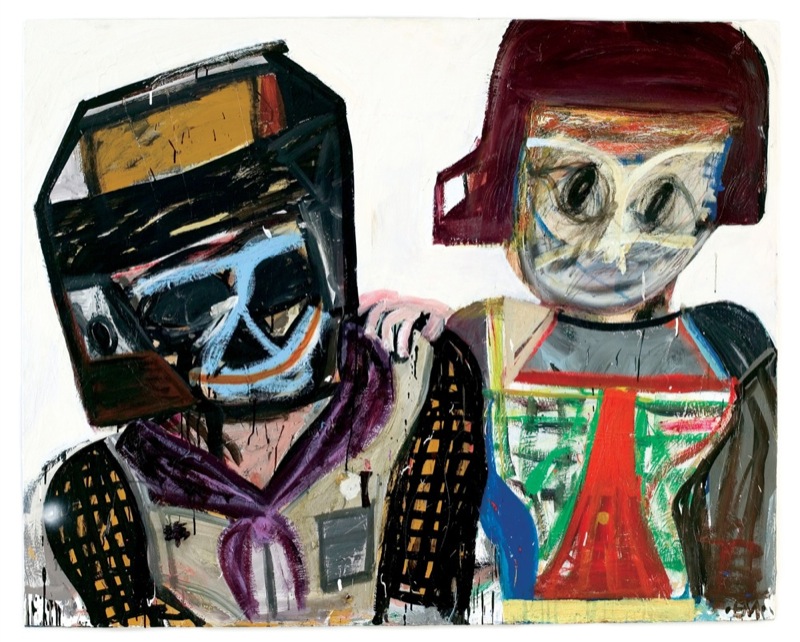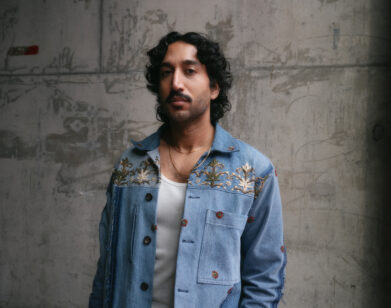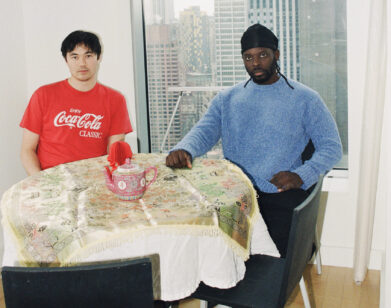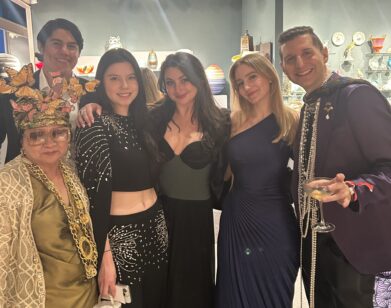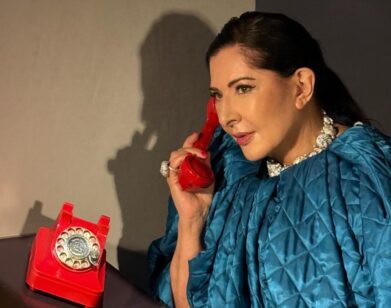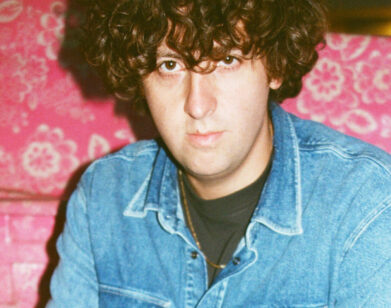Eddie Martinez

Eddie Martinez is indomitable. He is a prolific draftsman, an active curator, and he’s getting ready to fill a four-story gallery in Seoul, South Korea, early next year. His idiosyncratic drawing style is deceptively simple and has the magical, faux naïve quality of Paul Klee. The 31-year-old’s large studio in Williamsburg, Brooklyn, is filled with ceramic miniatures he’s been collecting for years. It also holds an extraordinary amount of work: charcoal drawings of his French bulldog, ink sketches of densely covered tabletops, and walls covered in large canvases. Martinez shows at ZieherSmith in Chelsea, New York, but has been spending more time on the South Shore in Massachusetts, where he has a second studio.
David Coggins: Your work has always been full of people and animals with large staring eyes. What is it about that motif that’s so appealing?
Eddie Martinez: It generates all kinds of emotions. People look at the eyes in my paintings and wonder why they’re that big. People ask if they’re on mushrooms or if they’re scared or if they’re my eyes. They aren’t any of those things. I don’t have to make specific choices or explain things. I don’t have to make things clear; it’s just what I want it to be. That’s a luxury I don’t want to give up.
DC: You just got back from a residency in Austria. Does your work vary depending on your surroundings?
EM: I’m very influenced by my surroundings. But I stay busy wherever I am. In fact, they are about to deliver a crate full of the art I made in Austria.
DC: You’re getting ready for a show in South Korea?
EM: Right. It’s at Seomi & Tuus, in February. They’re going to have at least 25 of these large paintings, including some of my clowns and ducks. It’s the biggest show I’ve ever had.
DC: Do you find surprising connections when you see so much of your work together in one gallery?
People look at the eyes in my paintings and wonder why they’re that big. People ask if they’re on mushrooms or if they’re scared or if they’re my eyes. They aren’t any of those things.Eddie Martinez
EM: Definitely. I just keep making things, and whatever happens, happens. I’m not making these characters to illustrate a story.
DC: When you begin a work, do you know if it’s going to be a still life or a portrait, or does that come later?
EM: It comes later. I just start drawing with a brush, making marks. I build something up and then react to it. If it starts feeling like something, then I’ll go off in that direction.
DC: What are your feelings about graffiti?
EM: I always look at graffiti or any marks on a building, for that matter. Marks just appeal to me. I’ve always liked spray paint as a tool.
DC: Do you think about the distinctions between high art and low art or, say, the tradition of still lifes versus graffiti?
EM: I’ll do anything. These things have all become part of my language—I don’t dissect what they mean. I draw all the time, and sometimes it turns into this repeated object, and sometimes it remains personal.
DC: It’s interesting to see your charcoal drawings. Those are the first materials you use in an introductory drawing class.
EM: That’s sort of the way I operate. I go back to the things you were supposed to learn earlier in your life.

